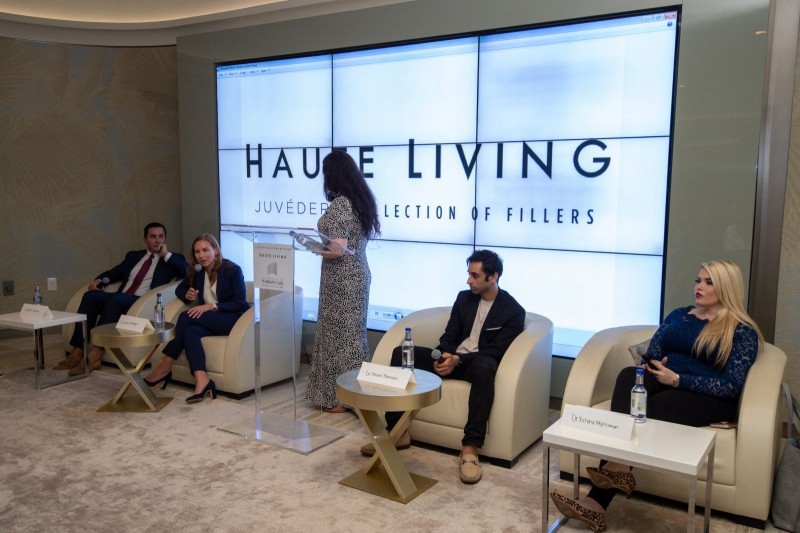Haute Living’s Beauty Panel Presented By Juvéderm: The National Experts
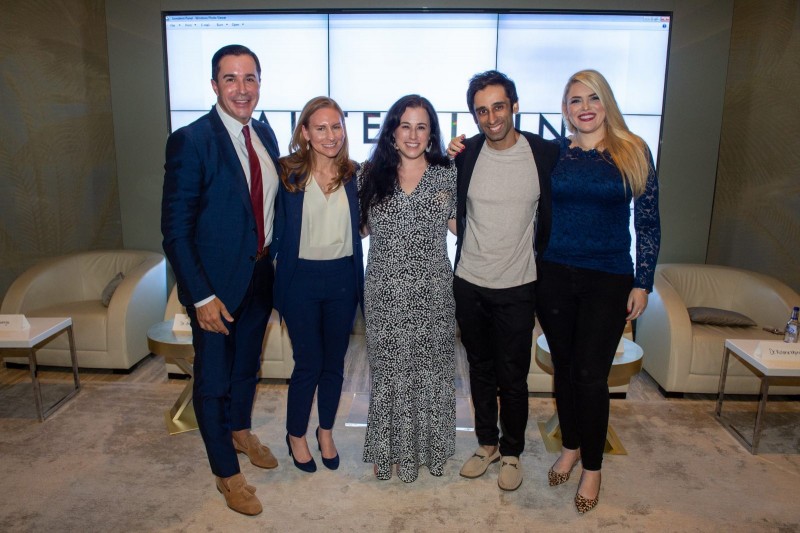
Photo Credit: Romain Maurice
Haute Living partnered with Allergan’s Juvéderm Collection of Fillers to launch an interactive and insightful Beauty Summit, featuring the industry’s leading plastic surgeons. The full-day event featured three panels of different experts discussing specific topics of the industry. The second panel of the day was led by the National Experts—world-renowned plastic surgeons.
Featured panelists included Haute Beauty by Haute Living partners Dr. Daniel Careaga (Body/Breast) from Careaga Plastic Surgery in Miami; Dr. Aviva Preminger (Face, breast and body) from New York’s prestigious Park Avenue on the Upper East Side; Dr. Dhaval Bhanusali from Hudson Dermatology and Laser Surgery New York; and Dr. Victoria Veytsman from Cosmetic Dental Studios in New York.
The panel discussion was moderated by Allure Contributing Beauty Editor Marci Robin, who prompted the panelists with questions regarding the latest advancements in the cosmetic beauty industry.
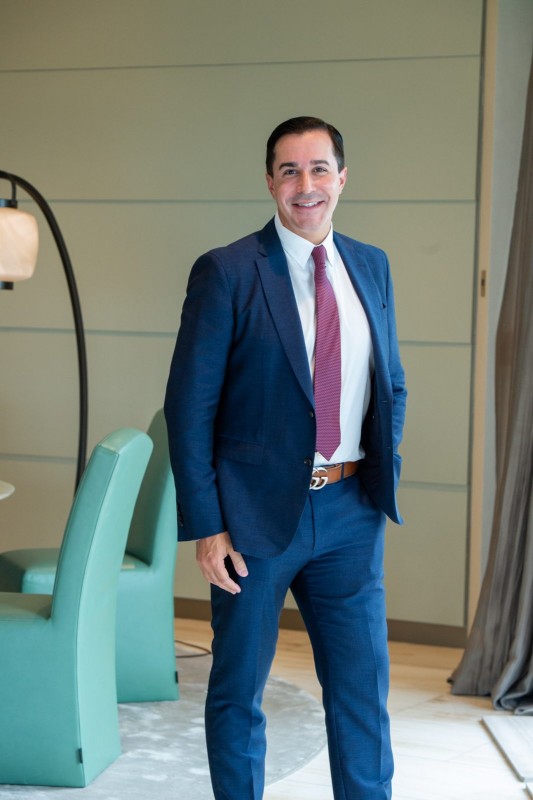
Photo Credit: Romain Maurice
Robin first asked Dr. Careaga and Dr. Preminger what trends they’re seeing in their industries.
“I’ve definitely noticed a trend over the years toward more less-invasive treatments. People want to get in and get out without recovery time. Technology in the past has limited a step for that, and thankfully, over the years, this has changed as devices and techniques have evolved and become more advanced,” Careaga explained. “Everything we do is primarily under two categories: fat reduction or skin technique. Non-invasive treatments that have become popular for fat removal include Cool Sculpt and Emsculpt.”
“How does that compare in terms of effectiveness?” Robin asked.
“Effectiveness of Cool Sculpting vs. Liposuction depends on what you’re looking for. Cool Sculpting and non-invasive treatments are for more targeted areas. The results are not comparable to liposuction, but you don’t have the downtime and recovery that go with it. But for each treatment, there are ideal candidates for them,” Careaga explained.
Dr. Preminger agreed with the increase in less-invasive surgeries. “There’s a big trend toward less-invasive surgeries because so many people are looking for a quick fix. I also deal with breasts—as a woman, it’s fun to talk about everything that we’re able to do with them. Breast augmentation is a tried and true operation, and hopefully, we’re getting toward some technologies that can offer something less invasive for this result. I think other popular minimally-invasive procedures are vaginal tightening devices—these often involve radio frequency treatments. These offer great results for skin tightening.”
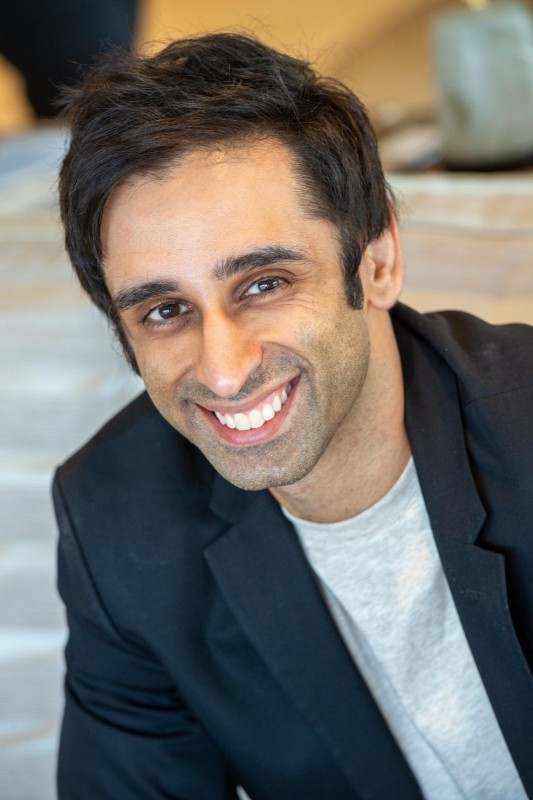
Photo Credit: Romain Maurice
Robin then steered the topic toward laser trends, which specifically relates to Dr. Bhanusali’s practice.
“It’s amazing because in the dermatology and plastics world, you can mix and match different lasers to get the results you need. There are not so many different types of lasers out there at the moment, but we can do so much with them. You can get much more complex with the use of this technique—we’re able to go deep into the skin and penetrate a difficult scar, which we weren’t able to do prior. Things are changing as we embrace the scientific part about what we do, and the possibilities become so much greater. Looking at a before and after photo of what you’ve accomplished is one of the greatest feelings,” Dr. Bhanusali answered.
Dr. Veytsman also commented on the use of lasers within her cosmetic dental practice. “Lasers are super important to us. When we design smiles and set up the framework, we deal with proportions and digital planning tools, and lasers help us digitally-design soft tissue and teeth on a computer. This gives patients a sense of what it’s going to look like and where we’re going before we even get started, and of course, helps us map out our plan of action.”
Robin then asked about tried-and-true procedures, and which ones have been around a long time that still gives patients the best results they can count on.
“The procedure that has changed the least over the years is the tummy-tuck surgery. It involves reconstructing the abdominal muscles that have stretched out from pregnancies or weight fluctuations, removing excess skin that has developed from that or from age and then contouring for the liposuction. The procedure itself hasn’t changed too much, but the technology we use has developed,” Careaga answered.
“I also feel breast augmentation is another. While the procedure itself hasn’t changed very much, the implants we’ve been able to offer patients and the quality of those implants and the natural feel has improved a lot over the years, which is fantastic. We’ve seen a big trend in removing fat from one place of the body and moving it elsewhere. This gives more natural results. We’ve also come a long way in avoiding bad scarring,” said Dr. Preminger.
When asked on any tips to make procedures last longer, Dr. Bhanusali answered, “Investing in the other half of it is just as important as the procedure yourself. The fun part about a lot of these medical-based skin companies is there’s actually a science that goes into it. They’ve done case studies where you compare half the people that have used the product and half that haven’t—that’s the beauty of science. Being on the formulation side of it myself, I understand what goes into each product and how effective it is. Since the role of your body is to keep things out, crazily enough only 3-5% of active ingredients actively get into your skin. This is why we supplement the products with treatments.”
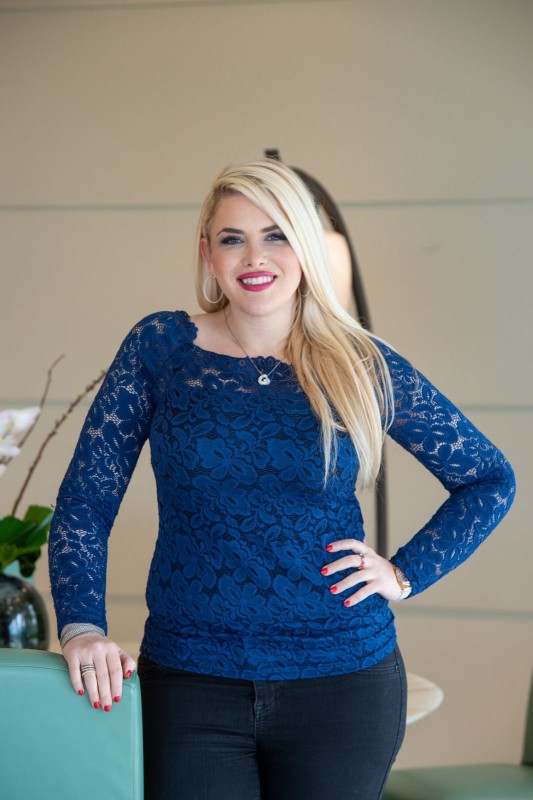
Photo Credit: Romain Maurice
Robin then asked Dr. Veytsman about anti-aging of the teeth, and if it gives away your age if you don’t take care of them, just like the other parts of the body.
“Absolutely,” she answered. “Teeth are the one thing you can’t hide. You can’t patch makeup over them. There’s a huge anti-aging component that goes with your smile. Over time, you lose tooth volume, there’s chipping and also staining. We’re able to take nearly 10-15 years off of someone’s face just by rejuvenating their smile.”
All of the panelists agreed on the geographic differences in industry trends as well. While the South Florida market and Los Angeles market are much more open with their procedures, those in New York look for discretion. Because of this, New Yorkers tend to go more conservative when undergoing procedures, while those in South Florida and L.A. are not as conservative because there’s little to no stigma over reconstructive surgery.
After an interactive Q&A portion, the panelists wrapped an exciting and informative discussion, while the Miami experts took the stage.

